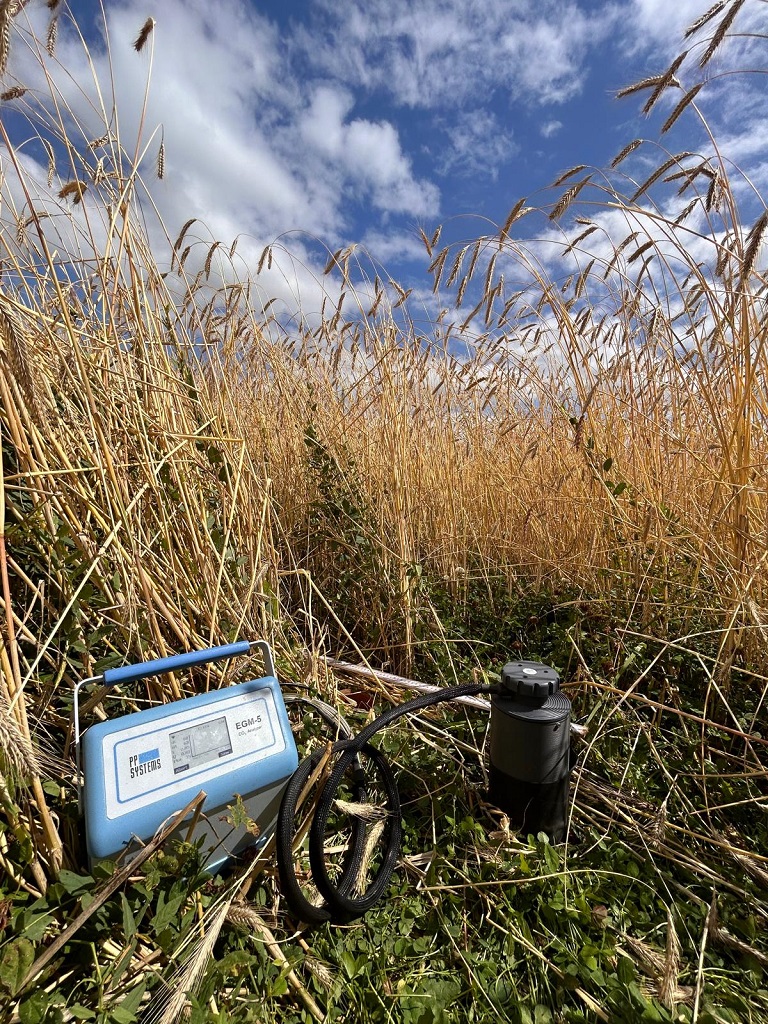The co-benefit of nature exposure to mental health has been well-justified by the current studies, but we still know relatively little about how these benefits play out in students’ everyday school lives. Mental wellbeing and attendance are two of the most pressing issues facing children and adolescents today. For most of the students, their everyday exposure to greenness in the school is their natural dosage as that’s where they spend most of their time. But how exactly do green spaces, especially in school affect young people’s mental wellbeing and school attendance? And do these effects differ between different type of green space, trees, woodland, grassland and grey area in the school (playgrounds).
Nationally across the England, the persistent absence rate stands at 18.6% for state-funded primary, secondary, and special schools in the 2024/2025 school year. In Oxfordshire, the rate is even higher, exceeding 20%. Yet, despite the spike in absence rates, especially following COVID-19, there remains a research gap in the literature to test if the nature exposure made a difference. Our study aims to fill this gap by using post-pandemic data to explore how school greenness might play a role in reducing absence rate.
Our new study seeks to answer these questions by combining large-scale student wellbeing data with high-resolution environmental mapping in schools. Our research explores three core questions: Does the mental health benefit of school greenness differ across socio-economic neighbourhoods? Which types of green features (trees, playgrounds, grasslands, etc) are most beneficial for mental wellbeing? Is greener school outdoor space linked to reduced chronic absenteeism among students?
We’re currently analysing data from two major UK cities, with plans to scale up across more OxWell survey sites. Findings will be shared through open-access publications, policy briefings, and public engagement events. The further stage of the study would involve collaborations with National Education Nature Park program to provide more evidence. This study is part of the project: From Greening to Wellbeing: Multi-scale analysis of green infrastructure and mental health at population level within the UK.


 Mycorrhizal fungi build symbiotic relationships with plant roots, exchanging nutrients that usually helps bolster survival for both fungi and plant. Mycorrhizal fungi send out long, thin strands of hyphae that explore the local soil environment and forage for resources, extending the reach of the roots far beyond the traditional rhizosphere. These strands come together to form mycelium, which can fuse with those extending from other plants to create extensive common mycorrhizal networks. These networks help seeds germinate (with some completely dependent on them!), aid plants in their growth and survival, and have been reported to translocate resources and nutrients around the soil system. These characteristics make this a ‘keystone’ below-ground organism, making their study imperative as they could be an important ingredient to catalysing UK nature recovery.
Mycorrhizal fungi build symbiotic relationships with plant roots, exchanging nutrients that usually helps bolster survival for both fungi and plant. Mycorrhizal fungi send out long, thin strands of hyphae that explore the local soil environment and forage for resources, extending the reach of the roots far beyond the traditional rhizosphere. These strands come together to form mycelium, which can fuse with those extending from other plants to create extensive common mycorrhizal networks. These networks help seeds germinate (with some completely dependent on them!), aid plants in their growth and survival, and have been reported to translocate resources and nutrients around the soil system. These characteristics make this a ‘keystone’ below-ground organism, making their study imperative as they could be an important ingredient to catalysing UK nature recovery. Working at FarmED in the Cotswolds, we are able to take advantage of their 8 year arable chronosequence and conventional control plot to demonstrate the ecological impact of herbal leys and their lingering effects during cropping to reduce our reliance on agrichemicals. Taking the opportunity this novel chronosequence provides in one location, we have built a very large and detailed dataset for each plot, accounting for its diversity of soil life (micro, meso, and macrofauna), soil characteristics (pH, SOM, cations, particle size, temperature, moisture, bulk density), and net primary productivity (vegetation biomass, dung, and respiration). It is with this data that we ultimately aim to build a streamlined and unified framework for assessing nature recovery in soils, and encourage its routine monitoring as apart of restoration initiatives.
Working at FarmED in the Cotswolds, we are able to take advantage of their 8 year arable chronosequence and conventional control plot to demonstrate the ecological impact of herbal leys and their lingering effects during cropping to reduce our reliance on agrichemicals. Taking the opportunity this novel chronosequence provides in one location, we have built a very large and detailed dataset for each plot, accounting for its diversity of soil life (micro, meso, and macrofauna), soil characteristics (pH, SOM, cations, particle size, temperature, moisture, bulk density), and net primary productivity (vegetation biomass, dung, and respiration). It is with this data that we ultimately aim to build a streamlined and unified framework for assessing nature recovery in soils, and encourage its routine monitoring as apart of restoration initiatives.